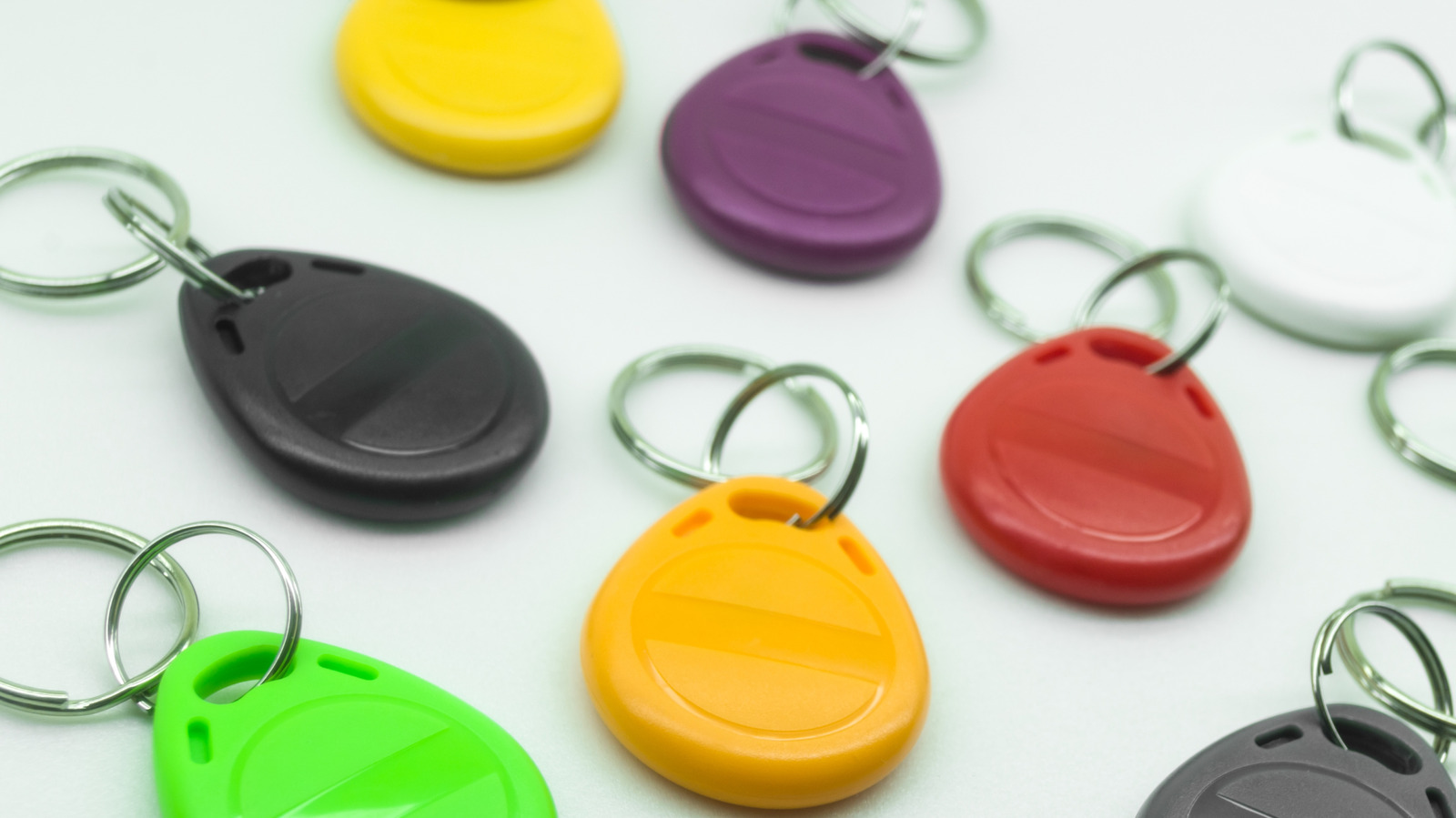
We may receive a commission on purchases made from links.
Creating your ideal smart home environment requires both understanding what aspects of your life benefit the most from optimization and finding the right tools to make it happen. But perhaps, some of the easiest and most affordable ways to make any home smarter are smart buttons and NFC tags. Both smart buttons and NFC tags give you access to a ton of smart features, let you be flexible with where you place them, trigger a host of possible routines, and provide ways to display useful data. Despite being reasonably small in size, they can control a ton of smart devices, sync with apps from various operating systems, and can be easily integrated across existing smart home ecosystems. With this, they can fit into your setup, whether you are already invested in Apple’s HomeKit, Amazon’s Echo devices, or Google Home’s Nest speakers.
In reality, there’s definitely a possibility that both NFC tags and smart buttons can find a place in your evolving smart home, especially as you add more members and have increasingly complex needs. In fact, while they share a lot of the same capabilities, both smart devices also have key differences that make them ideal for different, specific tasks of varying complexity. If you’re clever enough, you can even integrate both into the same system and make them work in tandem. So, how do you know which one works for your needs and what things you should consider when installing them in your home?
At the core of many of our mobile payment and identification card mechanisms, near field communication (NFC) technology is how the magic happens. A type of radio-frequency identification (RFID), it operates at a short-range frequency that requires a distance of upto 4 cm to function, according to Android. Because of this, it’s a secure way that depends on proximity for access. With this, it’s no wonder that there’s also a place for it in our homes.
NFC tags take the cake if you’re looking for something small, discreet, and affordable. For example, one popular option is the 30 mm BABIQT NFC tags, which retail for $25.90 for 100 pieces on Amazon. Despite being just under 26 cents per piece, it boasts a 4.6-star average rating from more than 1,600 people. Because of its flat design, you can also slap them on almost any surface and easily hide them so they’re not disruptive visually. Not to mention, you can even use a color coding system if the particular usage requires it.
Additionally, BABIQT shares that it’s designed to be rewritten over 100,000 times, which makes it ideal if you want to reuse them for multiple functions. Unlike smart buttons, which can sometimes have limited programming capabilities, NFC tags tend to be more versatile in their applications. For example, we’ve shared before how they’re perfect tools for everything from keeping things organized and managing chores to tracking medicine intake and even sharing the Wi-Fi password.
In the past, we’ve talked about all the cool ways you can use switches to make your home smarter. Apart from automation, smart buttons can also be used to gather data, improve accessibility in terms of reach, create scenes with light and music, and automate daily routines. Among its unique advantages, many smart buttons don’t require smartphones to function, making them ideal for people who share homes with users who struggle to use them. For example, it’s great if you’d like to give children, the elderly, or anyone with mobility issues access to smart features. Not to mention, it works best for tasks that guests may need, which won’t require them to download apps or go to unfamiliar websites.
Compared to NFC tags, smart buttons do have some additional caveats. For example, they’ll usually run on batteries, which requires regular replacement and adds to your overall mental load. They also tend to be bulkier than NFC tags, making them less ideal for discreet applications or flat surfaces. Because of this, smart buttons tend to be comparatively more expensive, as they require more materials to manufacture. However, smart buttons offer a unique benefit of being accessible remotely.
Typically, smart buttons require hubs for an optimal experience, but some brands can also work without Wi-Fi, which use technology like Zigbee. But take note, you may still need Wi-Fi for more advanced features, general automation, or increased range.



